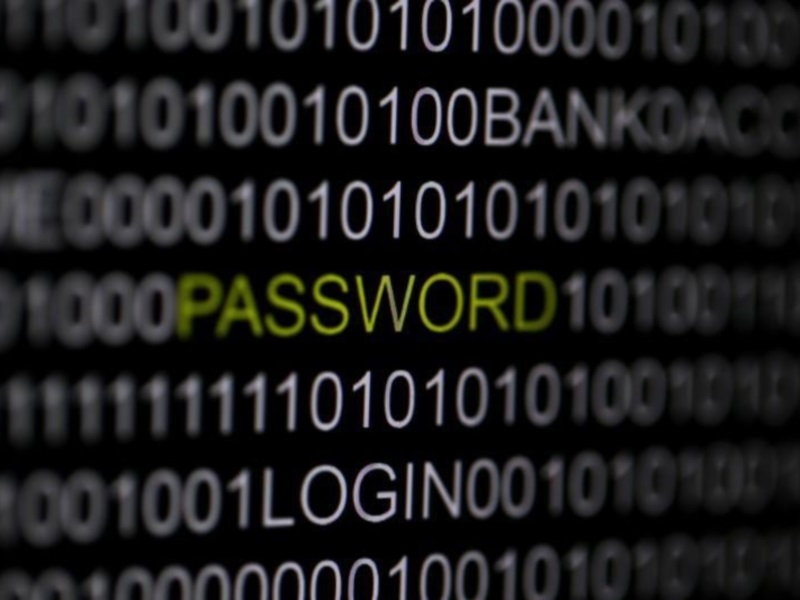- Home
- Internet
- Internet News
- FBI Probing Bangladesh Bank Account Cyber Theft: Report
FBI Probing Bangladesh Bank Account Cyber Theft: Report

FBI agents are looking for evidence in the United States and beyond to determine who was behind the theft, which transferred money from the Bangladesh central bank account in New York to the Philippines, the Journal reported.
The heist netted $81 million and took place between Feb 4 and Feb 5, when unknown hackers breached the computer systems of Bangladesh Bank and attempted to steal $951 million from its account at the Federal Reserve Bank of New York, which it uses for international settlements.
(Also see: Software, Printer Issues Delayed Discovery of Bangladesh Heist)
A spokeswoman for the FBI in New York declined comment. Bangladesh Bank had earlier asked the FBI for help.
The theft prompted the head of Bangladesh Bank to resign and has triggered concerns over the safety of the financial system in the Philippines after the funds were transferred to Manila.
A public hearing in the Philippines' Senate was told this week that the money stolen from the US Federal Reserve account was wired to a Manila branch of Rizal Commercial Banking Corp (RCBC).
The money was passed on to a foreign exchange broker, which transferred some $30 million (roughly Rs. 199 crores) in cash to an ethnic Chinese man who is believed to be a casino junket operator and the rest into accounts at two casino companies, officials told the Senate's anti-corruption committee.
Bangladesh Bank has said there is little hope of apprehending the perpetrators and that recovering the money would be difficult and could take months.
FireEye Inc's Mandiant forensics division is helping investigate the cyber-heist. The bank has also been in touch with the Fed and other US authorities, including the FBI and the Department of Justice.
© Thomson Reuters 2016
Get your daily dose of tech news, reviews, and insights, in under 80 characters on Gadgets 360 Turbo. Connect with fellow tech lovers on our Forum. Follow us on X, Facebook, WhatsApp, Threads and Google News for instant updates. Catch all the action on our YouTube channel.
Related Stories
- Samsung Galaxy Unpacked 2025
- ChatGPT
- Redmi Note 14 Pro+
- iPhone 16
- Apple Vision Pro
- Oneplus 12
- OnePlus Nord CE 3 Lite 5G
- iPhone 13
- Xiaomi 14 Pro
- Oppo Find N3
- Tecno Spark Go (2023)
- Realme V30
- Best Phones Under 25000
- Samsung Galaxy S24 Series
- Cryptocurrency
- iQoo 12
- Samsung Galaxy S24 Ultra
- Giottus
- Samsung Galaxy Z Flip 5
- Apple 'Scary Fast'
- Housefull 5
- GoPro Hero 12 Black Review
- Invincible Season 2
- JioGlass
- HD Ready TV
- Laptop Under 50000
- Smartwatch Under 10000
- Latest Mobile Phones
- Compare Phones
- Xiaomi 17 Ultra Leica Edition
- Xiaomi 17 Ultra
- Huawei Nova 15
- Huawei Nova 15 Pro
- Huawei Nova 15 Ultra
- OnePlus 15R
- Realme Narzo 90x 5G
- Realme Narzo 90 5G
- Asus ProArt P16
- MacBook Pro 14-inch (M5, 2025)
- OPPO Pad Air 5
- Huawei MatePad 11.5 (2026)
- Huawei Watch 10th Anniversary Edition
- OnePlus Watch Lite
- Acerpure Nitro Z Series 100-inch QLED TV
- Samsung 43 Inch LED Ultra HD (4K) Smart TV (UA43UE81AFULXL)
- Asus ROG Ally
- Nintendo Switch Lite
- Haier 1.6 Ton 5 Star Inverter Split AC (HSU19G-MZAID5BN-INV)
- Haier 1.6 Ton 5 Star Inverter Split AC (HSU19G-MZAIM5BN-INV)

















